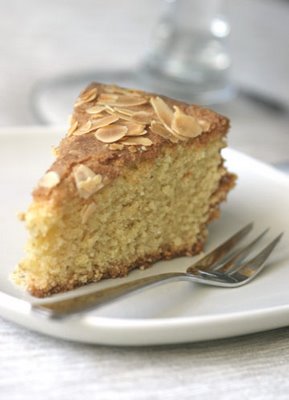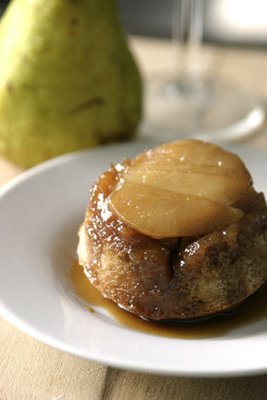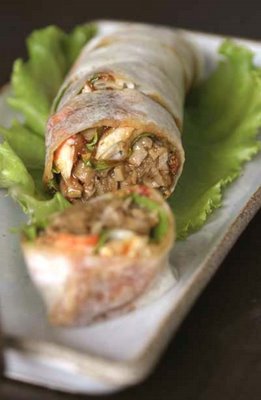Simply Thai

Last weekend, we hosted our friends, J, the domestic goddess herself, and her immensely funny partner, W, for dinner. Now what do you cook a gal who's such a whiz in the kitchen? Definitely not anything French. If you haven't already visited her amazing blog, J is quite the master of French cuisine. Or make that many cuisines.
Since I visited the cooking school at the Four Seasons in Chiang Mai several years ago, I decided to put the skills I learned to good use. To supplement the recipes I had learnt from the school, I also delved into the highly dependable, not to mention beautiful David Thompson book, Thai Food.
For starters, I served a roasted eggplant salad spiked with sliced shallots and ground dried shrimps. I attempted steamed eggs to break on top of the salad as well. But after steaming them for the stipulated 10 minutes, my yolks were fully cooked, as opposed to the lovely runny yolks that the book promised. I guess the eggs over in Mr Thompson's kitchen are a lot bigger. Also for starters, I chose the Duck and Lychee Salad (pictured above), which was wonderful. Rather than roast my own duck, I hot-footed it over to the roast duck stall at the market and picked up half a quack. The succulent, flesh of the duck melded wonderfully with the sweet lychees, spring onions and coriander. And the dressing made with plum sauce, palm sugar, lime juice, fish sauce and black vinegar gave it that perfect zing and balance between sweet, salty, sour and spicy.

Also for appetizers, I made my mother's recipe for popiah. This time i fried them and served them with her homemade chilli cuca (chilli and vinegar sauce) and sweet sauce (tee cheo).

From the Four Seasons cooking school collection of recipes that I took home, I made the Thom Kha Kai. Chicken stock infused with lemongrass, galangal and kaffir lime leaf is heated and then coconut milk is added to it. In individual soup bowls, a tablespoon each of fish sauce and lime juice and whatever amount you please of narm prig paow (Thai sweet chilli paste), awaits. When the stock comes to a boil, you simply scoop it into the bowls and mix. Traditionally, the soup is served with chicken, but for a touch of luxe, I served it with crab claws, scallops and crayfish instead.
Also from the cooking school is a fantastic recipe for Pad Thai. The magic, I often say, is in the sauce, which is made with tamarind juice, mushroom soy sauce, palm sugar, lime juice and, of all things, ketchup. These all work together to create an excellent balance.

Finally for dessert, a slightly different take on the very Singaporean dessert, sago gula melaka. Instead of drizzling fresh coconut milk over the sago pearls and dark palm sugar, I made coconut ice cream using a recipe from Les Huynh's Blue Ginger and dolloped a scoop over the top.





